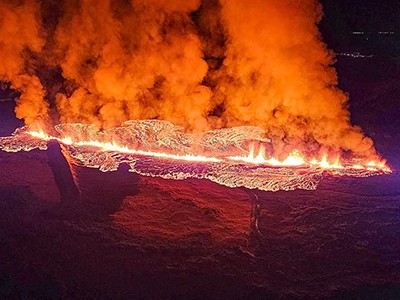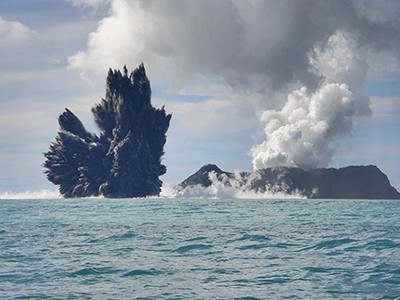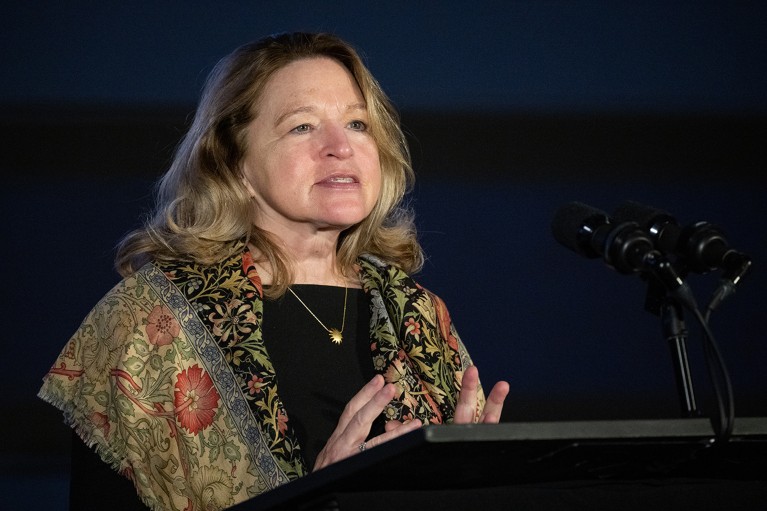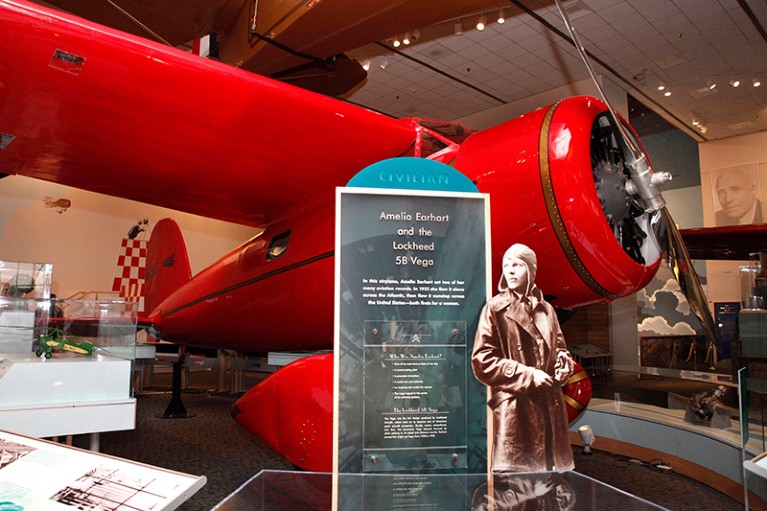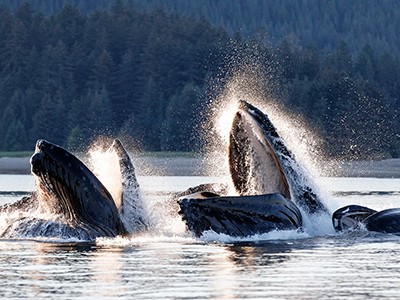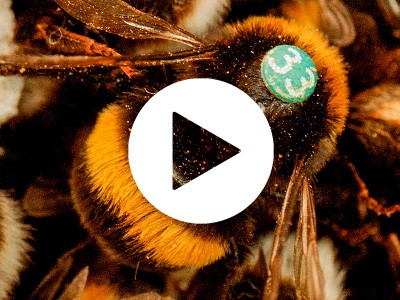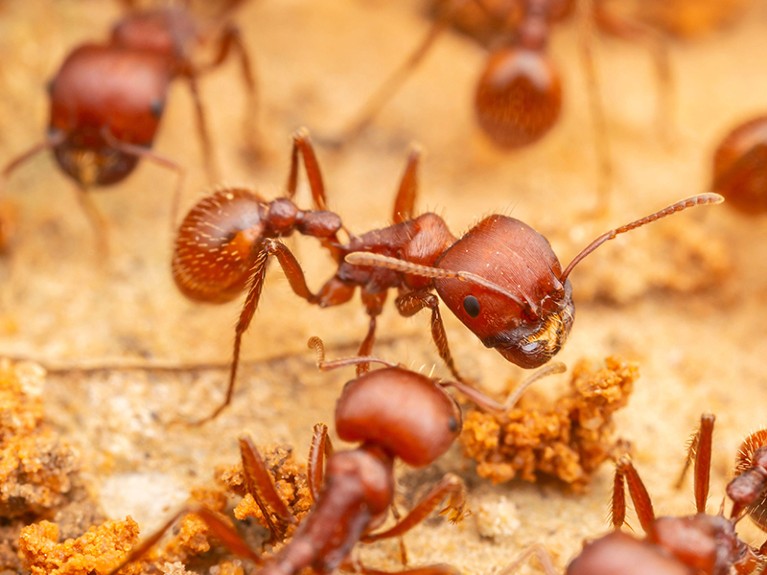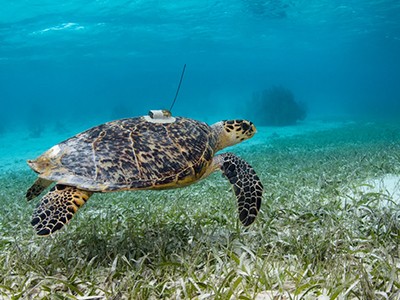[ad_1]
Adventures in Volcanoland: What Volcanoes Tell Us About the World and Ourselves Tamsin Mather Abacus (2024)
Unlike Alice in Alice in Wonderland, volcanologists cannot fall down a deep rabbit hole to discover what goes on in the bowels of the Earth. Instead, they scour the surface and examine the chemistry of emitted gases, lava and rocks ejected during eruptions. Only by combining many clues can researchers learn where and how molten rock (magma) forms, how it ascends from the mantle below Earth’s crust and what triggers volcanic eruptions.
In Adventures in Volcanoland, volcanologist Tamsin Mather takes readers on a journey to some of the world’s most notorious and active volcanoes — from Mount Vesuvius in Italy to Masaya in Nicaragua. Her eloquent and enchanting book, which is rich in analogies and anecdotes, weaves together geological, historical and personal stories to explain how volcanoes work, how they have shaped our planet and how they have been understood through history.
Santorini’s volcanic past: underwater clues reveal giant prehistoric eruption
Volcanoes’ captivating power clearly entrances Mather, as it does me. And volcanoes make volcanologists work hard to uncover their secrets. Mather explains how researchers, equipped with the geochemical equivalent of a stethoscope, listen to the beating pulses of volcanoes. Scientists can also capture volcanoes’ ‘breath’ — toxic gases that often enshroud Mather as she works and that eat away at her clothes. Mather describes navigating through thick jungle in Guatemala to collect samples of lava while volcanic blasts hurled plumes of ash into the sky. Repairs to broken equipment had to be improvised using duct tape and superglue. Mather once resorted to using an inverted children’s paddling pool to collect gases fizzing up inside the caldera of Santorini volcano in Greece. The effort is worth it, Mather explains, to help volcanologists to answer big questions, such as how eruptions alter the climate and our environment, and how they affect life on Earth.
Volcanologists must exploit a vast array of knowledge, from planetary-scale shifts in Earth’s carbon cycle to the analysis of trapped gases in microscopic beads of glass. They must put eruptions in geological context, on timescales from Earth’s formation more than four billion years ago to the rapid radioactive decay of gases emitted by magma (such as radon-222, with a half-life of just under four days).
Each rock tells a story
Mather describes human experiences of volcanic eruptions, including her own time spent staring into churning lakes of molten rock, a “roiling, red and restless” fiery sea. She first encountered volcanoes and their hazards as a child, when she visited Vesuvius and the former Roman towns of Pompeii and Herculaneum. In ad 79, several scorching (350–550 ºC), fast-moving clouds of ash, pumice and gases surged down the flanks of Vesuvius, with devastating consequences for the people below, including hundreds who had taken refuge at the waterfront in Herculaneum, waiting to flee by boat.
In pictures: lava flows into Icelandic town during volcanic eruption
Today, tourists standing at the excavated pre-eruption shoreline are presented with an intimidating wall of volcanic deposits. After the eruption, the land surface gained up to 20 metres of elevation, and the coastline moved seawards by one kilometre. And all this happened in a geological blink of an eye.
Looking down from the crater rim of Mount Vesuvius towards the urban sprawl of metropolitan Naples, now home to around three million people, it’s sobering to consider just how the city will respond to the next large eruption of the slumbering volcano. It’s hard to know when that will be, but managing a future evacuation will be a colossal task for the authorities.
To prepare and plan, it is essential to better understand the hazards of volcanic regions. By ‘reading the rocks’ deposited by volcanoes, layer upon layer over thousands or millions of years, volcanologists can unravel the frequency, style and magnitudes of past eruptions. For example, rock stripes exposed in the walls of the Santorini caldera reveal how the catastrophic 1600 bc Minoan eruption unfolded; underwater studies of rocks point to other events that were much larger than previously thought. The consequences of another large eruption in the Eastern Mediterranean would be grave.
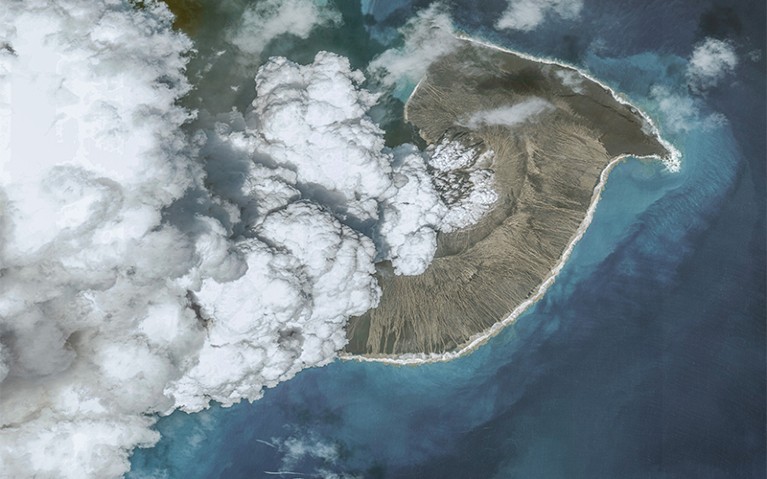
The Hunga Tonga-Hunga Ha’apai volcano in the South Pacific.Credit: Maxar via Getty
Volcanic and sedimentary rocks, along with signals from deposited sulphate in ice cores, hold clues about how eruptions have altered conditions across our planet. The impacts can be temporary or permanent. Plumes of sulphur dioxide gas can trigger short periods of global cooling called volcanic winters, such as the one following the 1815 eruption of Tambora in Indonesia. Lengthy outpourings of lava can form large igneous provinces — huge accumulations of volcanic rocks, such as the Siberian Traps. In the past, such events might have led to significant changes in planetary conditions that affected the course of life on Earth. As Mather points out, four out of the five largest mass extinctions overlapped approximately in time with volcanic activity that formed large igneous provinces, which would have pumped out vast amounts of carbon dioxide over millions of years.
Plan for big eruptions
All this raises the question of how prepared we are for the next large-scale volcanic eruption. Not very, I would argue. Humans have short memories — the COVID-19 pandemic showed us that, only 100 years after the severe influenza pandemic that began in 1918, we were still not ready.
Monitoring of volcanoes has advanced tremendously, with support from satellites in space, but they can still catch us off guard. For example, the powerful 2022 eruption of Hunga Tonga–Hunga Ha‘apai in Tonga was unexpected and had global ramifications. A shockwave and tsunamis reached the coasts of North and South America, resulting in an oil spill and two drownings in Peru. Tsunami warnings and evacuation orders were issued in Japan, and beaches were in Australia. Water vapour launched into the stratosphere by the blast could temporarily boost global temperatures.
Tonga volcano eruption triggered ‘mega-tsunami’
Population growth, technology dependency and the increased complexity of global systems have put the world at catastrophic risk from volcanic eruptions. Today, more than 800 million people in more than 85 countries live within 100 kilometres of an active volcano. An eruption near densely populated areas would have disastrous immediate impacts. Pyroclastic flows — fast-moving mixtures of hot gas, ash and rock fragments — could wipe out entire cities. Metres-thick ash falls would devastate crops and overwhelm power lines, water-treatment facilities, ventilation and heating systems, machinery and more. Farther away, flights might be grounded, power grids and undersea cables could be damaged and food security and supply chains could be affected, spreading economic losses.
With little regard for international borders, large eruptions’ far-reaching impacts would require a rapid and coordinated national and international response. Yet, global preparedness for the impacts of volcanic eruptions is lacking. There is no international United Nations treaty organization for ‘operational volcanology’ (systematic monitoring of volcanoes and assessment of risk). There’s no global coordination on issuing cross-border volcanic hazard warnings that address the full range of threats: pyroclastic flow, tephra fall (deposits of lofted rock fragments), lava flow, lahar (volcanic mudflow), volcanic gases, rafting pumice, drifting ash, tsunami and lightning.
Tambora-size eruptions occur somewhere in the world once or twice every millennium on average, and every 400 years in the Asia Pacific region. It’s not a matter of if, but when.
Adventures in Volcanoland reminds us that we should all keep careful watch on the world’s volcanoes. They are more than alluring natural landmarks. They are powerful drivers of processes on our planet that are crucial to understand. Volcano enthusiasts, those interested in the history of this adventurous science and those questioning our place in the world will find much to enjoy in this absorbing book.
[ad_2]
Source Article Link



